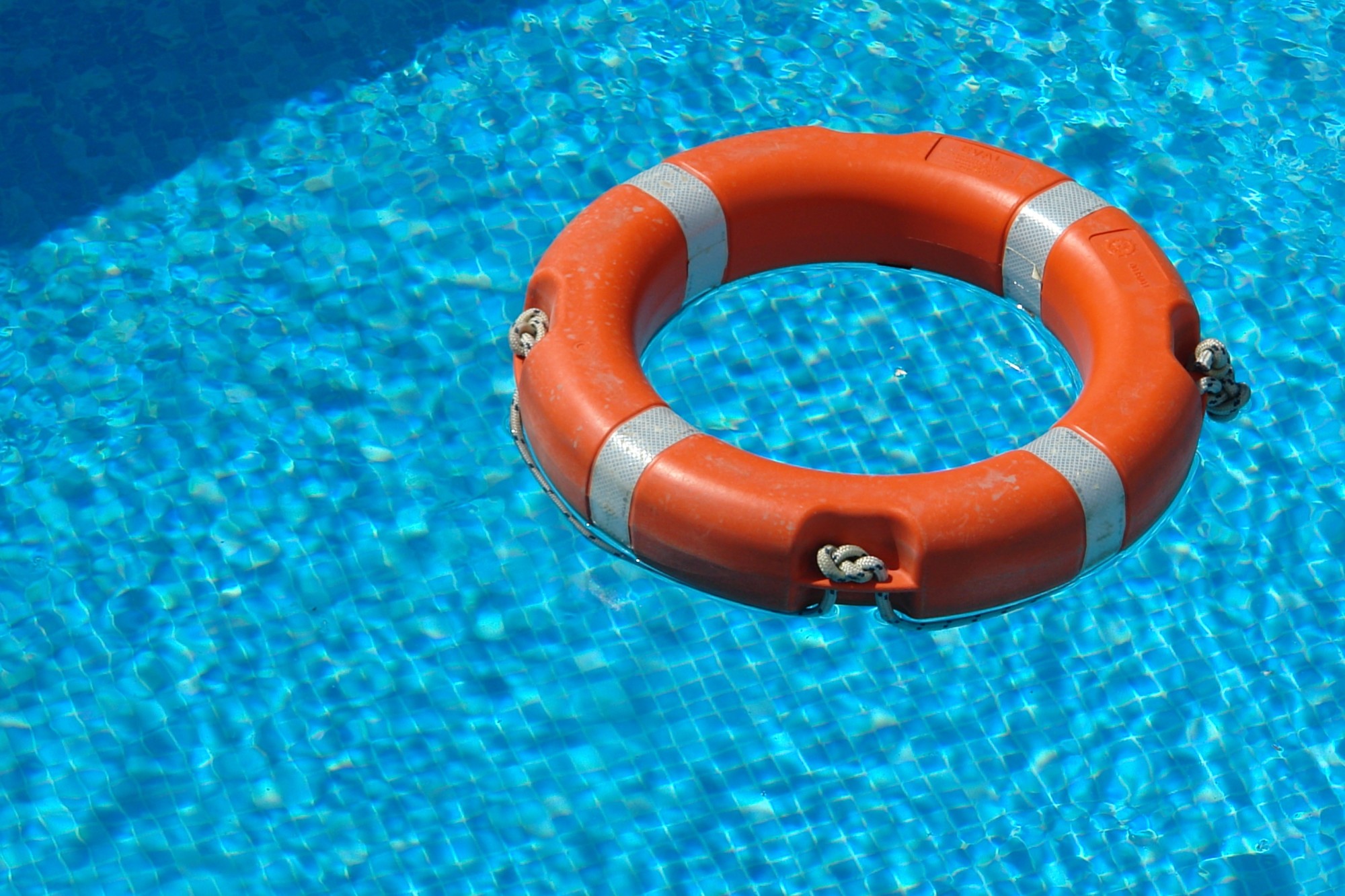Common Pool Safety Hazards and How to Avoid Them
Pool season is here! When people think of pool safety, they probably think of children not being able to swim and staying away from the pool when it’s in operation.
But working pool equipment, improper use of the pool, and chemicals can also present hazards to swimmers. And we’re pretty sure that no one wants those kinds of hassle!
Common pool safety hazards are often overlooked. The good news is that they can be easy to avoid. So, read about the top pool safety hazards and how to avoid them.
Let’s dive in, shall we?
Contents
Drowning Dangers
Drowning is one of the most common swimming pool safety hazards. To prevent drowning, children of any age should always be supervised while in the pool, and children under the age of 4 should not be left unattended.
Fencing around the pool should be checked regularly to ensure that it is secure and there are no loose or broken boards.
Remember, all pools should have a securely locked cover installed over the pool when not in use. Safety equipment such as life jackets, safety alarms, and signage should be readily available and used whenever children are in the pool.
Electrical Shocks
Electrical shocks can occur when an object in the pool comes into contact with electrical currents from an electrical appliance or outlet near the pool.
It is important to respect all electrical safety guidelines to avoid electrical shocks. Do not bring or store any electrical appliances near the pool, including power and extension cords.
You also need to ensure all electrical outlets and appliances are at least 10 feet from the pool edge. If the pool is not adequately secured against electrical shock, use GFCI outlets or breakers.
This can occur when people can find inventive ways to enter a pool area without the proper permissions, such as climbing over a fence or going through a door that is usually locked. Who does that, right? But it’s always better to be safe than sorry!
To prevent this from happening, pool owners should ensure that any area around the pool is firmly secured with a protective enclosure and that all gates are properly locked.
Also, pool owners should check for any potential weak points in the fence or walls, such as gaps in the fence or worn-out doors, and repair them when needed.
Reminding young and old people never to enter a pool area without permission is important, even when the gate may be open.
Slippery Surfaces
One of the biggest safety hazards in a pool area is slippery surfaces. Whether it’s the pool decking or someone entering the pool with wet feet, it’s important to take precautions to avoid potential accidents.
Swimmers should always wear water shoes to reduce the chances of slipping and falling on a slick surface. You also need to make sure to regularly inspect the pool decking to see if any of the traction material is wearing down, needs to be replaced, or repaired to maintain a safe surface.
Explore Pool Safety Hazards Today
Pool safety is critical to keep our family and friends safe while swimming. Be sure to inspect your pool regularly and look for any common pool safety hazards. With a few simple actions, we can ensure that our pools are safe for everyone to enjoy.
So, put on your swimsuits and dip in the pool today!
Did you find this article helpful? Check out the rest of our blogs!

